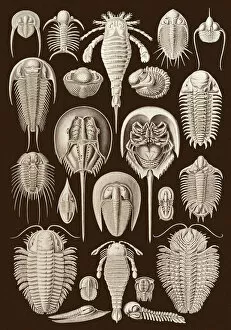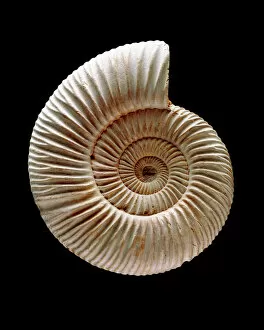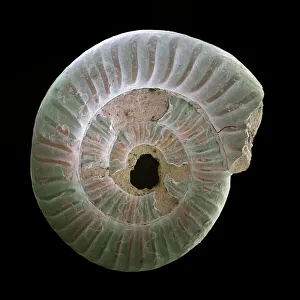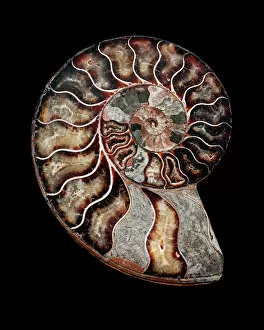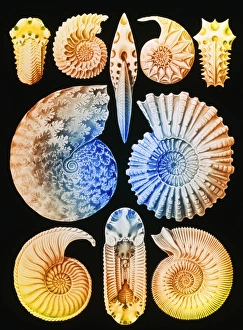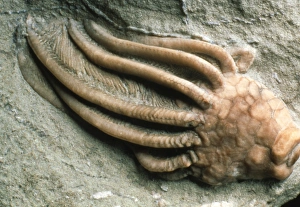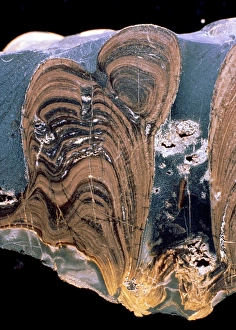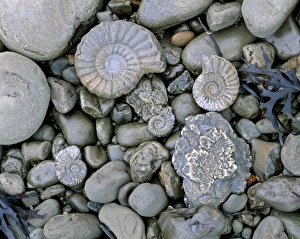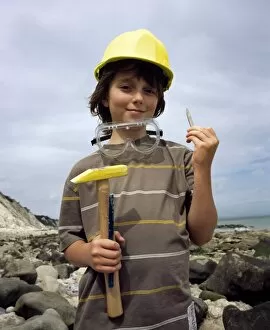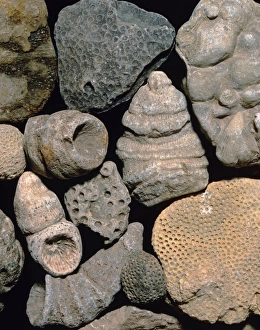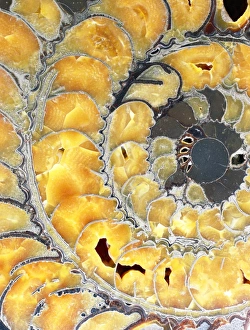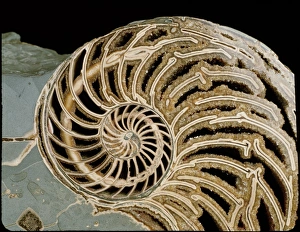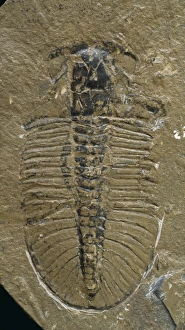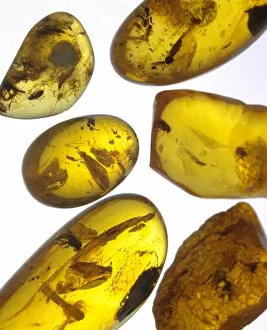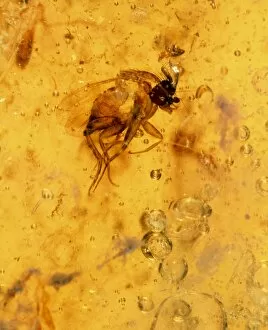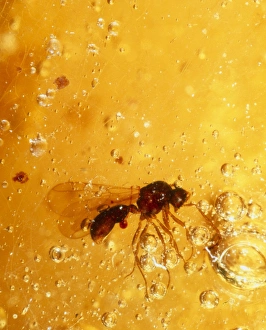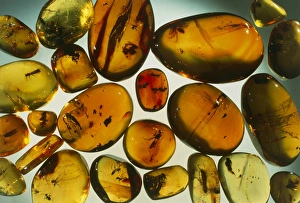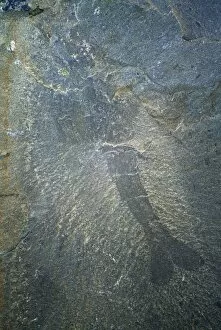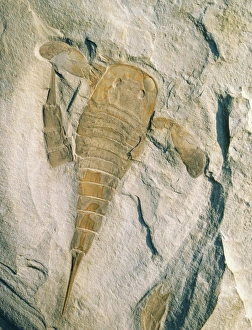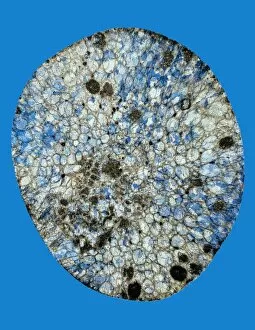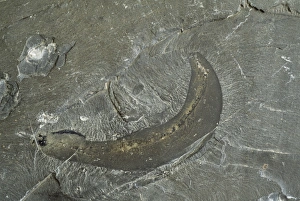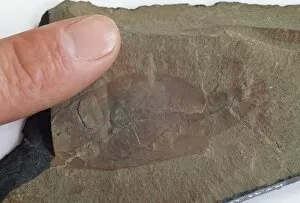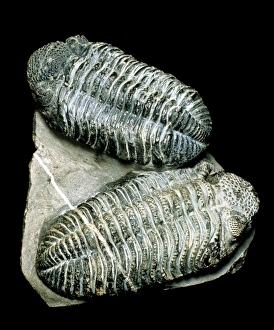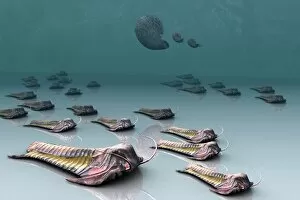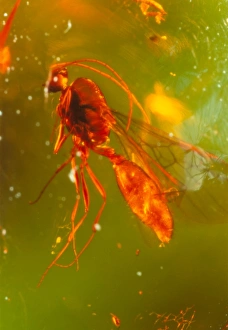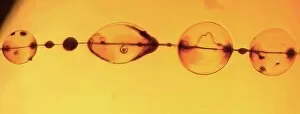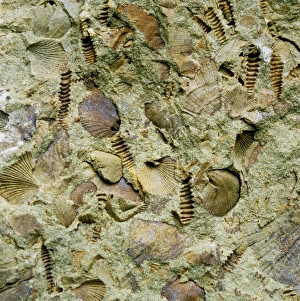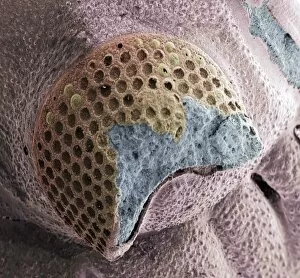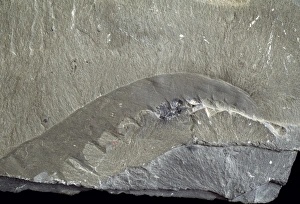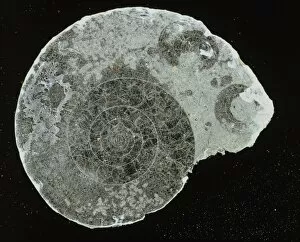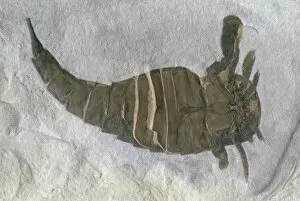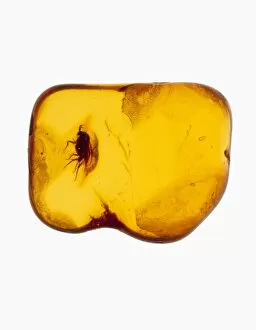Fossil Invertebrate Collection
"Unveiling the Ancient Secrets: A Glimpse into the World of Fossil Invertebrates" Step back in time to 1899
All Professionally Made to Order for Quick Shipping
"Unveiling the Ancient Secrets: A Glimpse into the World of Fossil Invertebrates" Step back in time to 1899, where a remarkable historical artwork titled "Aspidonia" captures the essence of fossil invertebrates. This masterpiece transports us to an era when these ancient creatures roamed our oceans, leaving behind their intricate remains for us to discover. One such captivating specimen is the ammonite fossil, meticulously captured under a scanning electron microscope (SEM). Its spiral-shaped shell showcases nature's impeccable design and mesmerizes with its delicate details. Ammonites, known as living fossils themselves, have fascinated scientists and enthusiasts alike for centuries. In this vast realm of prehistoric wonders, we encounter not just one but multiple ammonites - each unique in its own way. These beautifully preserved relics tell tales of a bygone era when these cephalopods thrived abundantly beneath the waves. Delving deeper into this world of wonderment, we stumble upon computer artwork depicting Ernst Haeckel's interpretation of ammonites. His vivid imagination brings forth an ethereal vision that ignites our curiosity about these enigmatic beings from eons ago. But it doesn't end there; another fascinating find awaits us – a close-up view of a fossil crinoid or sea-lily. The intricacy and elegance displayed by this ancient marine creature leave us awestruck at Mother Nature's artistic prowess. Moving on from marine life to terrestrial marvels, we come across stromatolite fossils – remnants left behind by microbial communities that flourished billions of years ago. These structures provide invaluable insights into Earth's earliest ecosystems and offer glimpses into the origins of life itself. And finally, we encounter fossilized coral from the Carboniferous period - an era characterized by lush tropical forests and abundant marine life. Through light microscopy (LM), these corals reveal their intricate skeletal structures frozen in time, reminding us of the vibrant ecosystems that once thrived.

